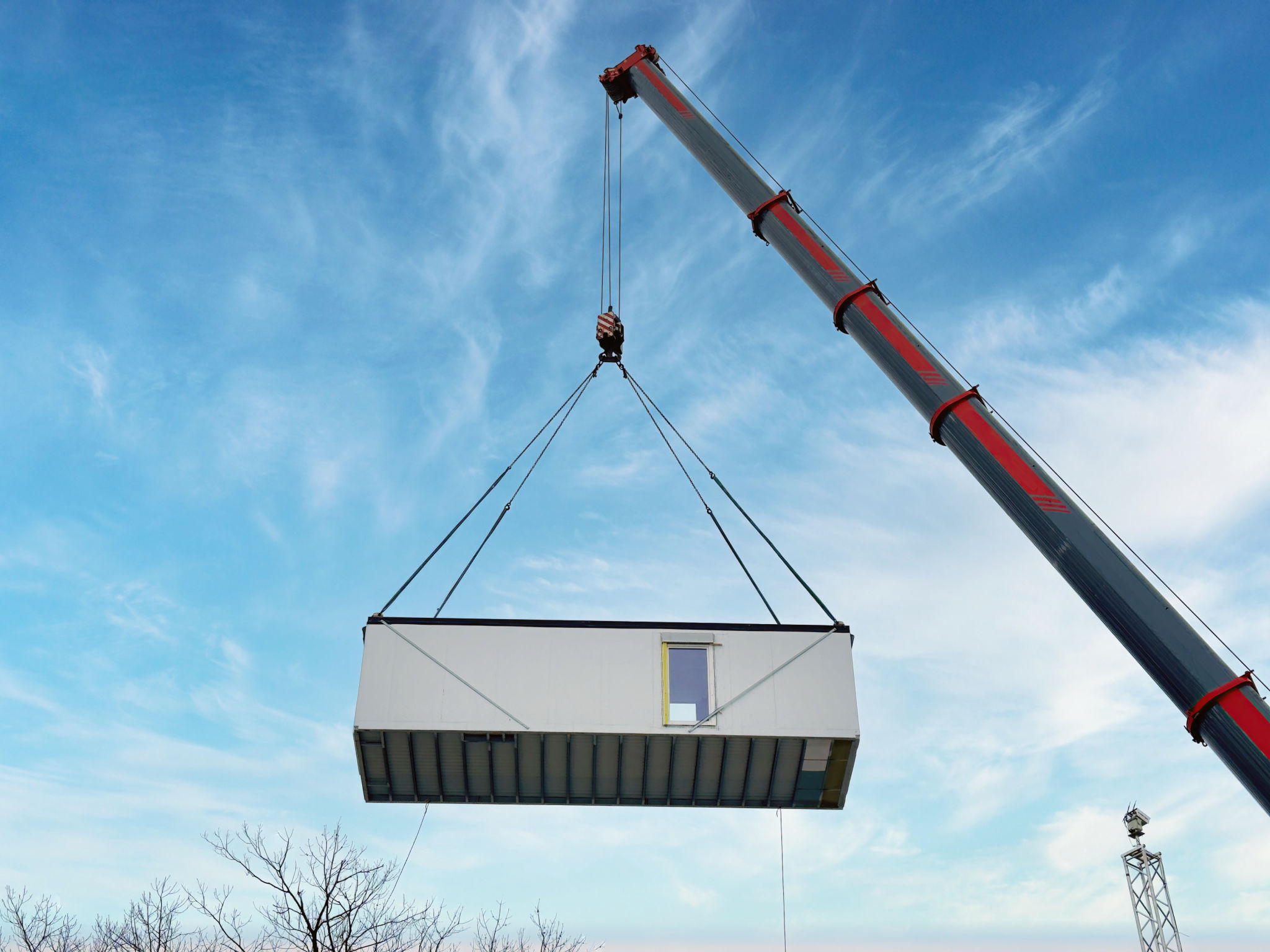Wood vs. Steel Trusses: A Comprehensive Buyer’s Guide
Introduction to Trusses
When it comes to building structures, choosing between wood and steel trusses can significantly impact the overall design, cost, and durability of your project. Both materials offer distinct advantages and potential drawbacks. Understanding these differences can guide you in making the best choice for your building needs.

Advantages of Wood Trusses
Cost-Effectiveness
Wood trusses are often more affordable than their steel counterparts. The abundance of timber and relatively straightforward manufacturing process make wood trusses an attractive option for budget-conscious projects. Additionally, wood is a renewable resource, making it a more sustainable choice for environmentally-minded builders.
Easy Installation
Wood trusses are generally easier to work with, especially for smaller construction teams. Their lightweight nature allows for simpler handling and quicker installation, thus reducing labor costs and timelines. Moreover, wood trusses can be prefabricated off-site, ensuring precision and consistency in their production.

Advantages of Steel Trusses
Strength and Durability
Steel trusses boast exceptional strength, making them ideal for structures requiring long spans without support columns. Their high load-bearing capacity allows for innovative architectural designs that would be challenging with wood. Steel is also highly resistant to pests, rot, and fire, offering superior longevity.
Minimal Maintenance
Once installed, steel trusses require minimal maintenance compared to wood. They are less susceptible to environmental wear and tear, which means fewer repairs and replacements over the building's lifespan. This makes steel an excellent choice for long-term investments.

Comparing Wood and Steel Trusses
Environmental Impact
Wood trusses are often considered more environmentally friendly due to their renewable nature. However, sustainable forestry practices are crucial to mitigate deforestation concerns. On the other hand, steel is recyclable, which can offset some of its initial environmental impact from manufacturing.
- Wood: Renewable, but requires responsible sourcing.
- Steel: Recyclable, but energy-intensive to produce.
Application Suitability
The choice between wood and steel often depends on the specific requirements of your project. For residential buildings or small-scale projects where aesthetics and budget are priorities, wood may be more suitable. Conversely, commercial or industrial projects that demand strength and minimal maintenance might benefit more from steel trusses.

Conclusion
Ultimately, the decision between wood and steel trusses should be guided by your project's specific needs, budget constraints, and aesthetic preferences. By weighing the advantages and limitations of each material, you can make an informed choice that aligns with your construction goals.
Whether you choose the natural appeal of wood or the robust durability of steel, understanding these key differences will ensure your structure stands strong for years to come.
